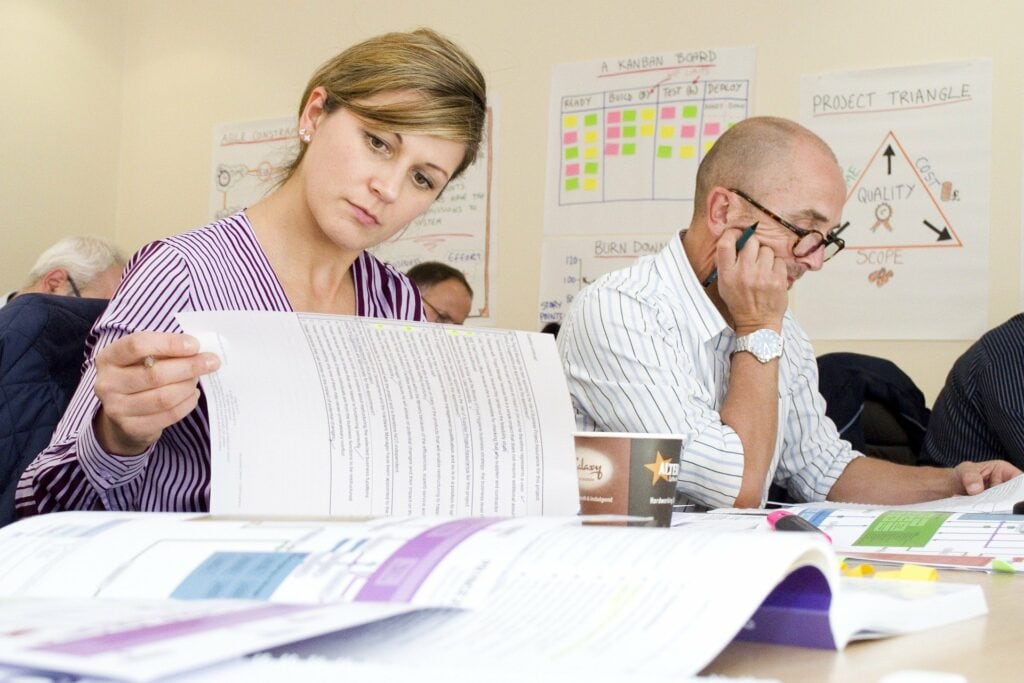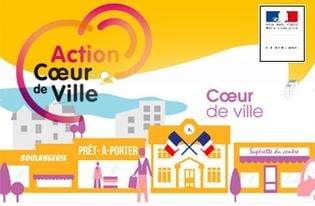The life of a community fluctuates according to its political, economic and social stakes. Sometimes, unfavorable economic conditions, urban decline or an aging population are enough to alter a town’s attractiveness until it loses its dynamism altogether. How do you explain a city’s loss of attractiveness? What programs help to energize a city? How to finance a city center program? We help you understand.
What are the signs of devitalization in the city center?
Several factors can explain the decline of a town center. In reality, it’s more often than not a question of the crossroads between several contextual phenomena. The latter have a greater impact on small and medium-sized towns, which are more sensitive to the economic and social fluctuations of an area. For example, the aging of the population and the recent increase in the number of jobs created by the technological transition are tending to favor urban concentration to the detriment of smaller communities. Deindustrialization, which has played a major role in the expansion of supermarkets since its decline, has also had a negative impact on the growth of small shops. Indeed, these giants are developing on the outskirts rather than in town centers, which considerably accentuates the phenomenon of peripheralization. This is one of the reasons behind the Action cœur de ville program.
3 recommendations to revitalize your town center

Define 5 areas of intervention for effective revitalization
Rehabilitation and restructuring of downtown housing. The aim of this operation is to combat the impoverishment of town centers by improving living conditions for their residents. This means developing buildings that comply with current hygiene standards.
Economic and commercial development. Its aim is to promote a dynamic city center through actions to improve its attractiveness. This can mean supporting downtown businesses. The scheme also includes the development of an animation strategy and the maintenance of a diversity of service activities.
Accessibility, mobility and connections. These issues are fundamental to connecting the city center to the rest of its territory, and thus fostering a constant influence. The aim is to make the city more accessible for everyone, including people with reduced mobility.
Enhancing public spaces and heritage. Each region has its own unique heritage in terms of history, architecture and cultural diversity. Putting the value of this heritage at the heart of its challenges is essential to highlight its cultural potential and encourage its revitalization.
Access to public facilities and services: essential to a city’s inhabitants, this means providing all residents with access to public services. This includes actions to maintain the development of cultural facilities and the employment of healthcare professionals.
Organizing in project mode

Revitalizing a town is a large-scale project that requires not only funding but also human resources. To put actions into practice, we need to organize ourselves in project mode, respecting a methodology agreed with our stakeholders. To do this, you need to define concrete actions according to an orderly schedule: identify ideas, take stock, budget the project, draft the project, identify the local steering committee and carry it through to completion. Project mode can take the form of an ORT ( Opération de Revitalisation de Territoire), which enables the implementation of an urban project to improve the area’s attractiveness. It also aims to combat housing vacancy and revitalize downtown businesses through property rehabilitation. The operation is the subject of an agreement between the State, the public and private establishments concerned and the member municipalities.
Key players in the revitalization of the city center

The definition of a transversal steering committee for the “action cœur de ville” program involves the city’s various departments as well as representatives of external stakeholders. They may be shopkeepers’ associations or citizens’ representatives, but they may also be the project manager and the district councillor, each of whom has an essential role to play. Find out more about the “cœur de ville” program here.
What is the role of the Action cœur de ville project manager?
As part of the “cœur de ville” program, Anah (Agence nationale de l’Habitat) is responsible for funding and defining the job description for a project manager. His role is to steer the entire project, coordinating all stakeholders. A project of this magnitude requires constant, ongoing monitoring. This position can be financed up to 40,000 euros/year. In the course of his/her duties, the Action cœur de ville project manager will be responsible for synthesizing requests, drawing up specifications and launching engineering studies. Like a true orchestra conductor, the “cœur de ville” project director/leader ensures the implementation and smooth running of the project to boost the vitality of his or her area.
What is the role of the ward councillor and ward manager?
The ward councillor is involved in organizing and running public meetings in his or her wards. Its main role is to express its views on municipal decisions. To carry out this task, the delegated advisor may invite any external player, such as consultants or experts, to contribute to the advice. Neighborhood managers, for their part, participate in the implementation and animation of their own neighborhoods. To take part in this dynamic, however, it is necessary to remain close to shopkeepers and associated citizens in order to understand their issues and be able to define the right levers to put in place.
How can you finance your town center revitalization program?

And what about innovation?
Technology is a powerful lever for revitalizing the heart of a city. Major groups offer a wide range of solutions. But also highly innovative French start-ups like Cocoparks.


